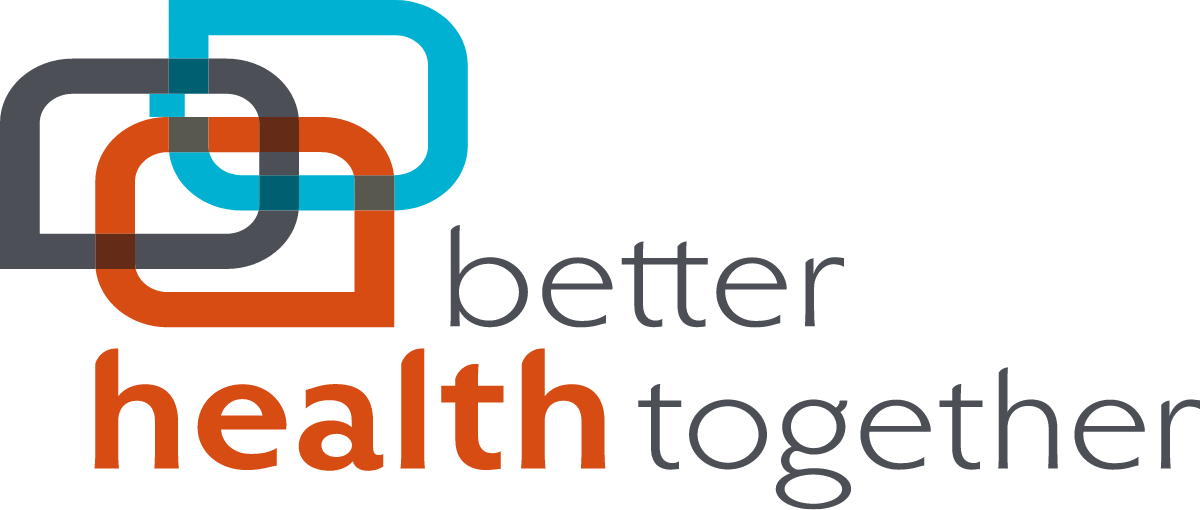Spokane Collaborative Equity Projects Overview – September 2021
Below is a running record of the Collaborative Equity Projects – updated April 2021 (additional updates to the webpage below in progress! In the meantime, see the Sept 2021 Overview document above)
-
Project Products
-
Meeting notes & materials
-
Recorded workgroup updates from May 20, 2021 meeting
-
Equity Priority Areas (including Goals, Indicators, Gaps, & Strategies)
-
Archived Memos
-
Adapting to COVID-19
-
Equity Speed Dating resources
-
Message from our Director of Engagement
-
-
Other resources
Project Products
Access to Behavioral Health
-
Resource guide – trifold 8.5×11
Affordable Housing
Reducing Family Violence
-
Parenting class flyer (Spanish & English)
-
Register clients for Circle of Security: https://forms.gle/6osPPvewZUSMXHXr9
-
Open to parents/guardians of children age 0-6 in Northeast Spokane
Meeting notes & materials
Equity Workgroups Contact list
Find meeting notes, slides, and other materials here: http://www.betterhealthtogether.org/bold-solutions-content/spokane-collab-notes
Recorded Updates: Workgroup share-outs to the full Collaborative at the May 20, 2021 meeting.
Identified Equity Priority Areas :
Updated 05/2021. See additional meeting notes here.
-
Affordable Housing
-
Renters Education Activity WORKPLAN, April 2021 – Approved by vote 04-15-21
-
Transportation Activity WORKPLAN, March 2021 – Approved by vote 03-18-21
-
Emergency rental assistance policy advocacy activity WORKPLAN, July 2020 – Approved by vote 07-16-20
-
Note, these are living documents. They will be updated as work progresses.
-
-
Goal: Improving the availability of housing for low-income families in targeted neighborhoods and improving access to services from affordable housing hubs.
-
Indicator: Overall Rental Vacancy Rate
-
Equity Gap: Vacancy Rate by Income in Targeted Neighborhoods – Rental vacancy rate is at 0% in 48 of the 105 census tracts evaluated, including the tracts experiencing highest CAN rates.
-
Strategies:
-
Reduce/ subsidize/ limit housing entry fees
-
Improve community engagement to break down misconceptions and barriers
-
Expand community transit options
-
Reassess and recommend zoning/ density/ subsidy policies
-
-
Selected Activities
-
Develop and implement an education & outreach agenda to reach landlords and policymakers
-
Pilot a subsidized transportation program for target population
-
Expand Responsible Renters curriculum in partnership with behavioral health providers
-
-
-
Family Violence & Trauma
-
WORKPLAN, July 2020 – Approved by vote 07-16-20
-
Note, this is a living document. It will be updated as work progresses.
-
Fiscal Manager Designation 07-16-20 – Parent Navigator Activity
-
-
Goal: Decrease rates of Child Abuse & Neglect (CAN) for ages 0-5 in the 4 zip codes with the highest incidence
-
Indicator: Rate of CAN per 1,000 population.
-
Equity Gap: Rate of CAN by zip code – CAN is 2.36 to 6.9 times higher in the following zip codes than the County rate: 99201, 99001, 99202, 99207.
-
Strategies:
-
Increase & diversify community and home-based parent training and support
-
Increase knowledge and professional training around ACEs
-
Build community-based hubs of resources and safe space
-
-
Selected Activities
-
Increased childcare and parent support plan
-
Community-facing ACEs training program
-
-
Selected Activities, revised Jan. 2020
-
Develop and launch a parent & caregiver support training program to build a trauma-informed neighborhood
-
-
-
Access to Behavioral Health Treatment
-
-
Note, this is a living document. It will be updated as work progresses.
-
-
Goal: Increase access to community-based services for residents with behavioral health disorders
-
Indicator: Alcohol and Drug Treatment Services Rates per 1,000.
-
Equity Gap: Residential and outpatient treatment rates are up to 82.2 times higher for certain people of color.
-
Strategies:
-
Reduce stigma and encourage people to get care
-
Build community in neighborhoods
-
Increase screening and education/ resources for SDOH
-
-
Selected Activities
-
Expand community health worker/peer model to connect socially isolated individuals to community centers/hubs
-
Education campaign to address stigma and educate on available resources
-
-
Selected Activities, revised Feb. 2020
-
Utilize peer supports and CHWs to reduce stigma and improve connection to resources with a focus on target zip codes and recognizing disparity of race
-
-
Archived Memos
-
Adapting to COVID-19 – May/June 2020
-
Equity Speed Dating follow-up – updated Sept 19, 2019
-
Strategy Decisions re: Collaborative Equity Gap Project – Hadley Morrow, Director of Engagement – June 28, 2019
Other Resources
The Spokane Collaborative is using a Results-Based Accountability (RBA) process, facilitated by the Spokane Regional Health District Data Center and Better Health Together, to develop a Collaborative Equity Project. Over the last several months, the Collaborative has been working toward selecting equity gaps, strategies, and activities. Notes and other resources from that process are below and will be updated as we continue the process.
Partner-Level Collaborative Equity Activities Form
Affordable Housing Priority Area
Behavioral Health Access Priority Area
Child Abuse & Neglect Priority Area



